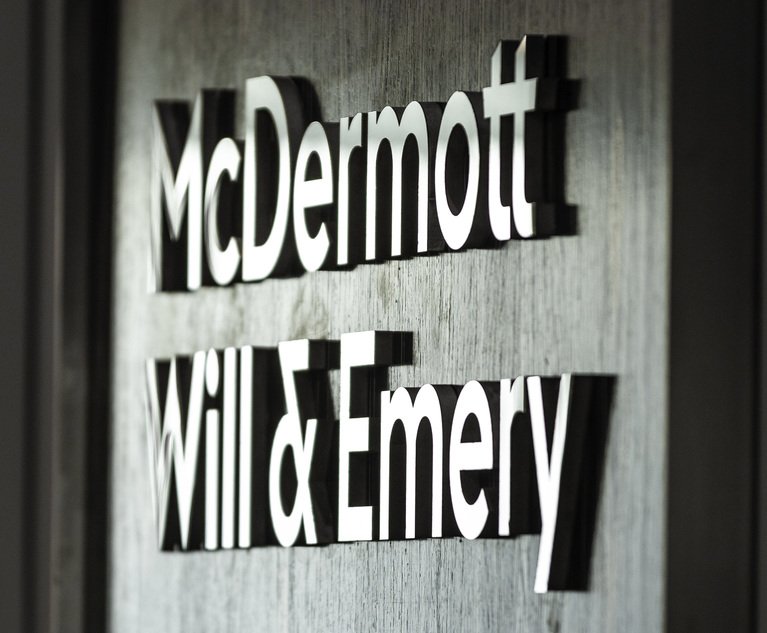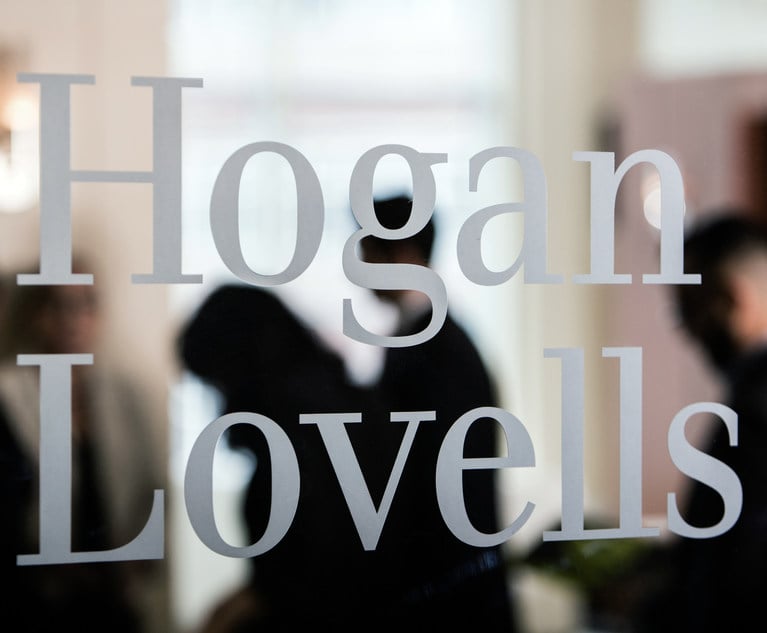If there is one word that sums up a central obsession in today’s legal word it is innovation. Law firms and their clients are both continually seeking innovation and being innovated for. It is time to ask, ‘what does innovation actually mean?’ Fear not, we aren’t looking to bore you with the etymology of the word and how it has evolved over time, but rather to examine what it means in practice.
The good news is that innovation is quickly becoming an essential part of the business, strategy and practice of law. The bad news is that it frequently isn’t happening quickly or holistically enough.
In 2016, Legal Week Intelligence profiled 20 innovators who we believed were driving change in the legal sector. We focused on what inspired these figures to shift their views and how this bred innovation. In 2017, we look towards the innovations themselves.
The Top 20 Legal IT Innovations aims to get to the heart of what innovation means for firms and clients by illustrating how new ways of doing things, large or small, local or global, have shaken up a sector that has frequently been characterised as slow moving and resistant to change.
These 20 innovations are changing the way legal professionals work, collaborate and purchase legal services in a variety of ways. Their impact will continue to resonate and in turn will generate new ideas.
From deploying AI to avoid paying parking tickets in the UK to using law students as a paralegal resource to the harnessing of natural language processing and statistical probability to recognise textual differences, all the innovations in this report confront and shake up the status quo. The bottom line is that these innovations are making real differences in the working lives and livelihoods of actors across the legal sector today.
We hope that you enjoy this report and that it sparks discussion, change and even… innovation.
- Click here to download the full report from Law.com Executive Insights (free, registration required)
NOT FOR REPRINT
© 2024 ALM Global, LLC, All Rights Reserved. Request academic re-use from www.copyright.com. All other uses, submit a request to [email protected]. For more information visit Asset & Logo Licensing.









